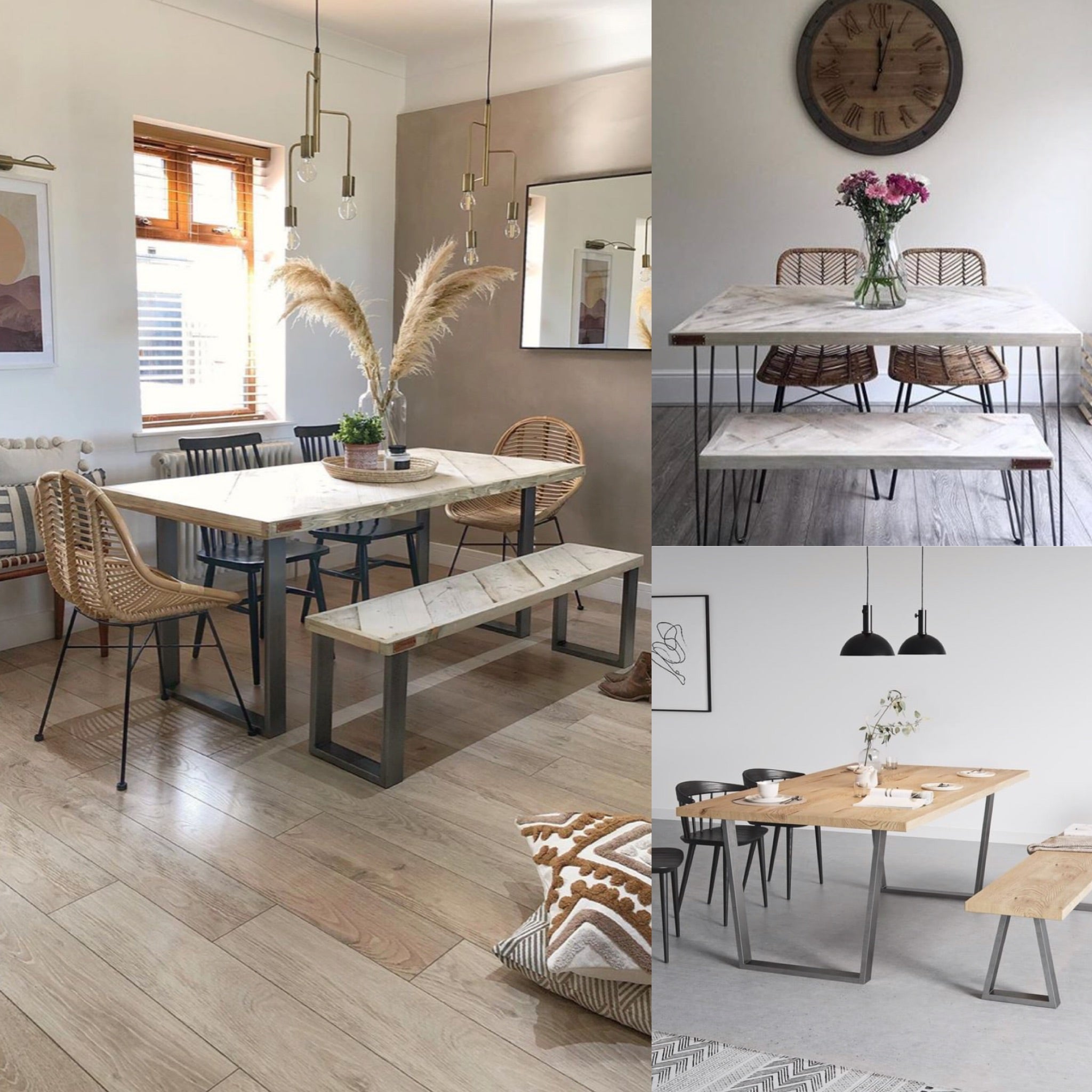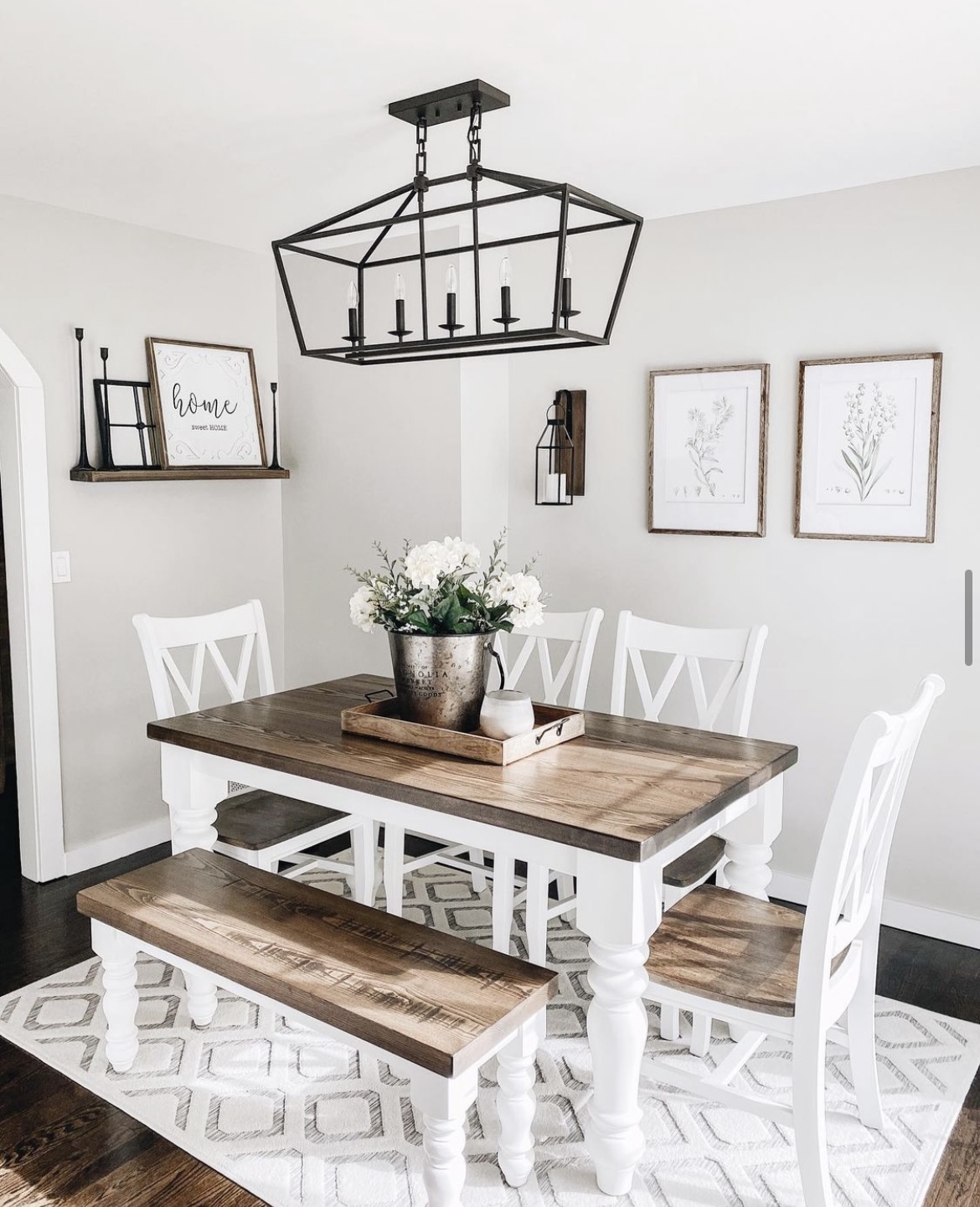Why Custom Dining Room Table Legs Are Worth the Investment
Just How to Pick the Perfect Dining-room Table Legs for Your Home Design
Choosing the ideal dining space table legs is a nuanced process that needs mindful factor to consider of numerous components, including your area restraints, aesthetic choices, and sensible needs. The interplay in between measurements, products, and styles can dramatically influence the ambiance of your dining location, making it vital to approach this decision methodically.
Assess Your Dining Space
Evaluating your dining space is essential for picking the right table legs that match both looks and capability. Begin by measuring the measurements of your eating area, including ceiling elevation, flooring area, and proximity to other furniture. This details will certainly assist identify the proper dimension and elevation of your eating table, which directly affects the option of table legs.
Next, think about the design and design of your dining room. An open-concept design may benefit from table legs that supply visual agility, such as slender metal or acrylic alternatives. On the other hand, an extra conventional setting could require durable wood legs that give a feeling of permanence.
Evaluate the existing color scheme and products in your eating location. Integrating the table legs with these components creates a natural appearance that enhances the total decor. Additionally, think of the functionality needed in your space. As an example, if you regularly hold large celebrations, think about legs that provide added support and security.
Inevitably, a detailed assessment of your dining room will assist you in making a notified choice, making certain that your table legs not only enhance the visual allure however likewise serve functional objectives.
Consider Your Design Preferences
When choosing dining-room table legs, it is important to mirror on your personal style choices, as they considerably affect the general aesthetic of your dining space. Your choice of table legs can either complement or comparison with existing design, making it crucial to straighten them with your preferred interior decoration motif.
If your home leans in the direction of a modern-day visual, take into consideration streamlined steel or minimalist wooden legs that supply a tidy, uncluttered look. For a more typical approach, luxuriant wooden legs with elaborate makings can add a touch of style and sophistication. Industrial styles benefit from durable, raw products such as recovered timber and steel combinations, mirroring a sturdy charm.
In addition, farmhouse and rustic designs often prefer durable, beefy legs that evoke a sense of heat and comfort. Conversely, if your decor is eclectic, you could select unique shapes or a mix of materials to produce aesthetic interest.

Evaluate Product Options
The choice of material for dining area table legs plays a crucial role in both resilience and aesthetic appeal. Typical materials include wood, steel, and composite choices, each offering distinctive features that can influence the total appearance and longevity of your table.
Timber is a timeless choice, known for its warmth and flexibility. Hardwoods like oak and walnut supply exceptional strength and can be finished in various stains to match any kind of design. However, softwoods like ache are a lot more susceptible to scrapes and damages, making them much less suitable for high-traffic areas.
Metal legs, usually crafted from steel or light weight aluminum, radiate modernity and commercial appeal. They are immune and very long lasting to wear, making them ideal for households with children or regular celebrations (dining room table legs). Additionally, steel can be ended up in numerous shades, improving the customization possibilities
Composite materials, such as MDF or laminate, offer cost and diverse layouts. While generally much less sturdy than strong wood or metal, they can still give a fashionable appearance and are typically very easy to keep.
Inevitably, the product you select must line up with your way of life, visual preferences, and the degree of use your table will certainly experience.
Determine Height and Dimension
Selecting the suitable elevation and size for your eating click for info space table is essential for both capability and comfort. The typical elevation for eating tables typically varies from 28 to 30 inches, allowing adequate legroom for a lot of individuals when seated. It is important to think about the dimensions of your dining area and the types of chairs you prepare to use.

Furthermore, think about the percentages of your dining-room. A larger table in a sizable location can produce a grand atmosphere, while a smaller table functions well in even more intimate settings. Ultimately, the best height and size will certainly integrate with your total design and boost the dining experience for you and your visitors.
Explore Personalization Opportunities

Additionally, the layout of the legs can be tailored to fit numerous styles, such as rustic, modern, or commercial. Tapered legs can evoke a mid-century contemporary feel, while chunky, block-style legs might reverberate with traditional or farmhouse decoration.
Home owners can also important source explore shade surfaces, from all-natural timber spots to paint, enabling them to match or comparison with the tabletop and bordering decor.
Furthermore, leg height can be changed to fit specific seating setups or personal preferences, enhancing both comfort and capability.
Finally, special embellishments, such as carvings or attractive brackets, can further customize the table legs, making the dining experience not simply a dish however a statement item in the home. By taking into consideration these modification choices, homeowners can create a dining-room table that absolutely mirrors their originality.
Final Thought
Picking the suitable dining-room table legs calls for cautious consideration of different factors, including the dimensions of the dining area, style preferences, product sturdiness, and desired elevation. Modification options further improve the capability to achieve a natural visual that complements the overall style. By systematically evaluating these components, house owners can make sure that the selected table legs not just satisfy useful requirements yet also add favorably to the dining experience and ambiance of the home.
Choosing the optimal eating room table legs is a nuanced process that calls for careful factor to consider of different aspects, including your room restraints, aesthetic preferences, and practical requirements.Examining your eating room is crucial for selecting the right table legs that enhance both aesthetic appeals and performance.When determining size, measure the area where the table will certainly be put to ensure it fits pleasantly, permitting for at least 36 inches of clearance around the table for easy activity. A larger table in a spacious location can create a grand ambiance, while a smaller sized table functions well in even more intimate setups.Choosing the perfect eating room table legs calls for careful Get More Info factor to consider of different variables, including the dimensions of the eating room, style preferences, material resilience, and wanted elevation.